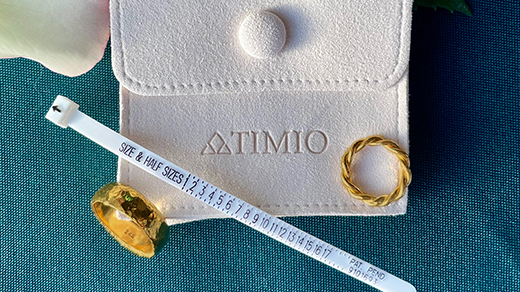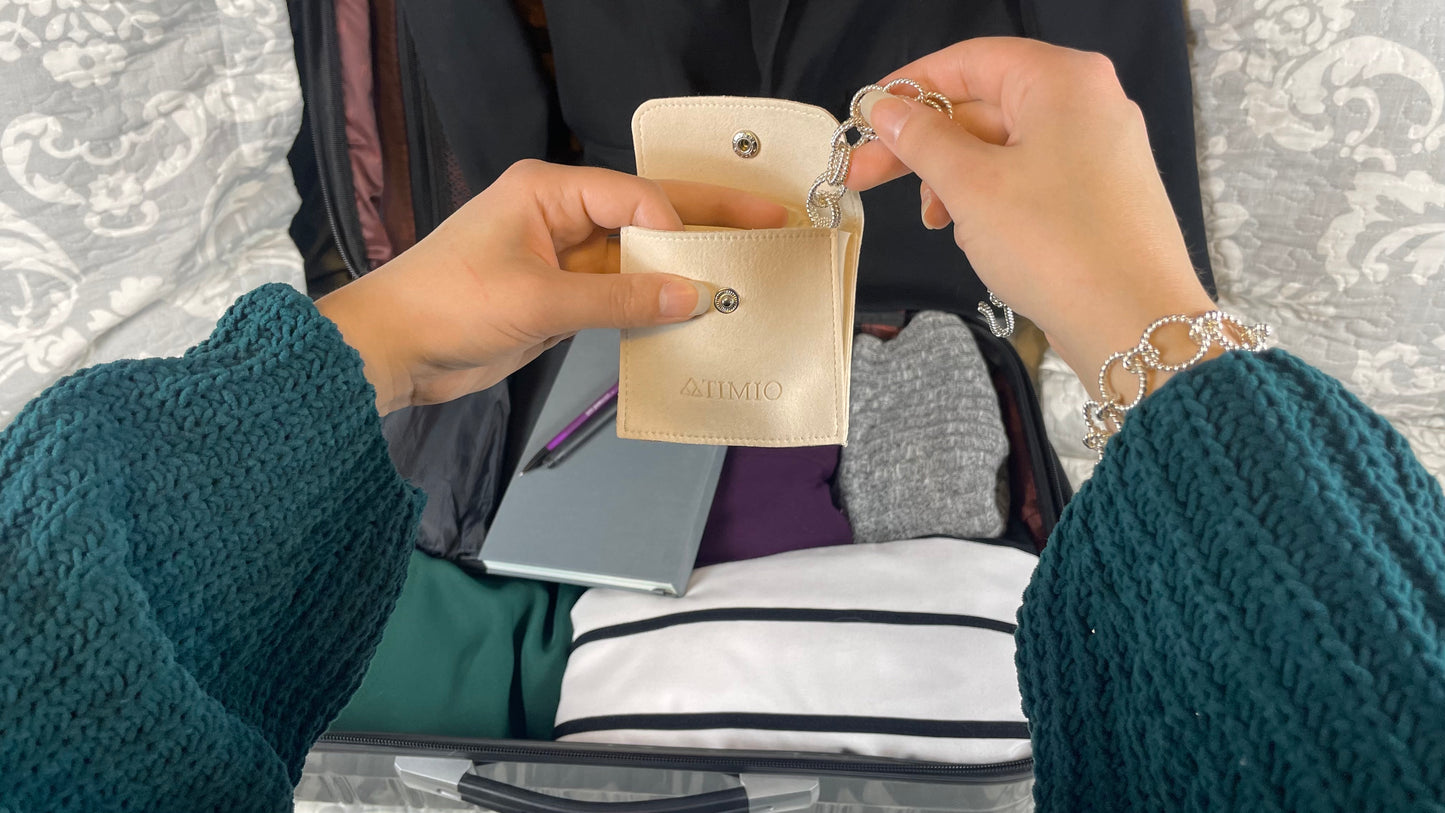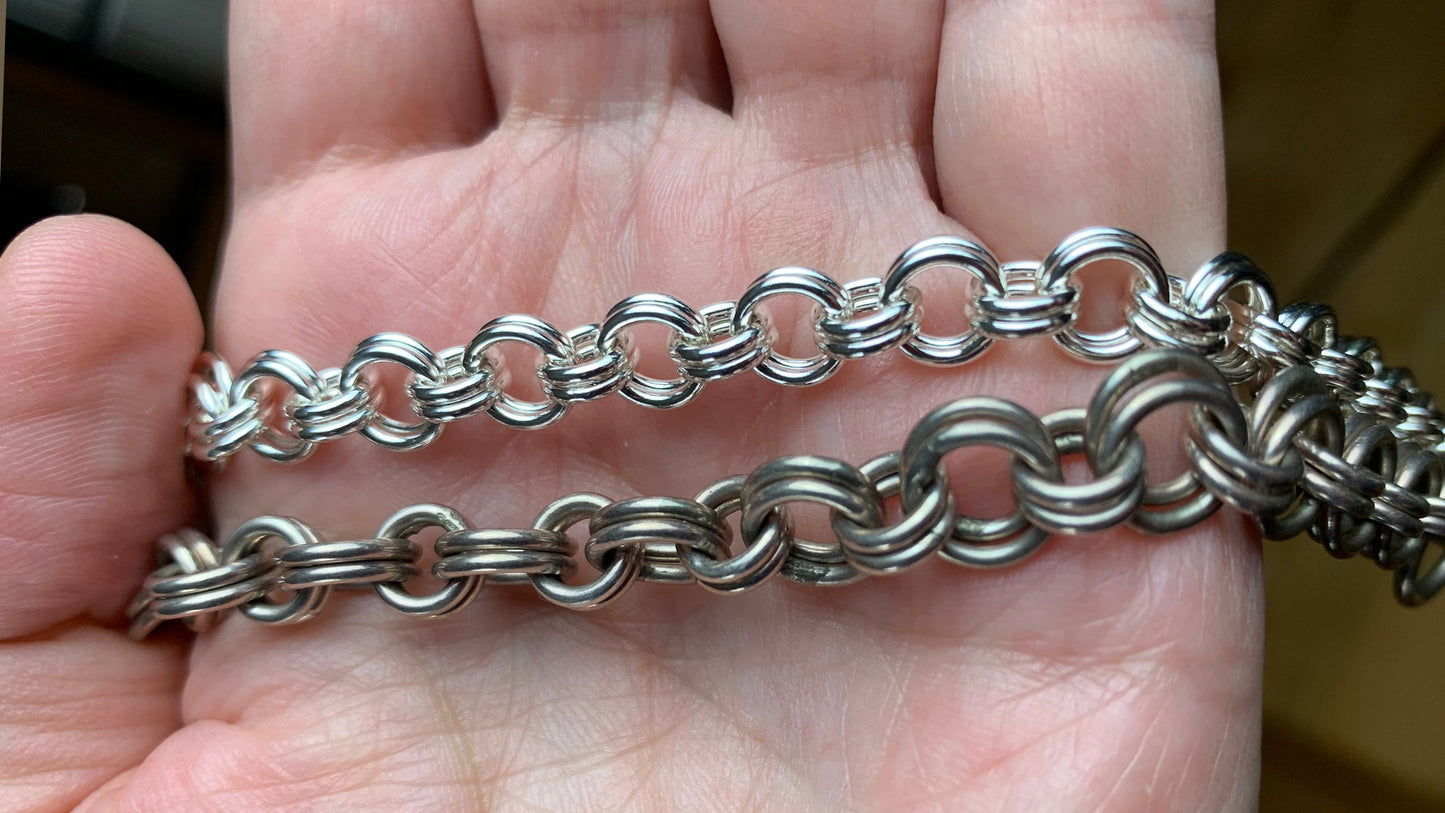
Jewelry terms can sound confusing and even be misleading at times, but the Timio team is here to offer some clarity and introduce you to the US Federal Trade Commission (FTC) rules that protect those purchasing jewelry. This may seem a tad long since we really want to highlight relevant portions of the FTC guidelines. It is worth the time though since we’re going through how you’re protected as a buyer and what sellers can and cannot say about their jewelry.
First to be covered is the US Federal Trade Commission (FTC) and its regulations on how craftspeople, manufactures, jewelers, and retailers can describe jewelry products, what sellers must tell you about the jewelry before you buy it, and more. As the FTC puts it:
|
These rules prevent companies and stores from:
- Falsely stating that lab-created stones are “natural” when they did not actually develop in nature.
- Label imitation stones as though they were the stones they’re imitating. (Example- white sapphire cannot be labeled as diamond.)
- Misrepresent the purity or content of gold, silver, and more.
- Misrepresent individual or total weight of gems unmounted or mounted in a piece.
- The list goes on and we encourage you to click through to read the FTC Guides for Jewelry, Precious Metals, and Pewter Industries.
For this specific article we’re diving into the terms hand-fabricated, handmade, and handcrafted. We’ll take a quick moment to add the FTC’s “§ 23.3 Misuse of the terms "hand-made," "hand-polished," etc.”
A) It is unfair or deceptive to represent, directly or by implication, that any industry product is hand-made or hand-wrought unless the entire shaping and forming of such product from raw materials and its finishing and decoration were accomplished by hand labor and manually-controlled methods which permit the maker to control and vary the construction, shape, design, and finish of each part of each individual product. |
The jewelry industry usually describes pieces made entirely by hand, from raw material(s), as “hand-fabricated” though many retailers understand that those looking to purchase are likely to search or ask for “handmade” or “handcrafted” jewelry. Essentially “hand-fabricated” is the more official term while “handcrafted” has the same meaning.
Jewelry stores tend to clarify that "handmade" means that the jewelry maker took findings, aka pre-made pieces of jewelry, and simply assembled them by hand to create their final product. The term "handmade" can get tricky if the seller is not extremely specific with disclosing the construction of their products, it also tends to be added as an SEO search term to improve a seller's website traffic. On the flip side, "handcrafted" involves the jewelry maker taking raw materials and with great skill, care, and time creating the final piece of jewelry. Those that say “handcrafted” do so because they believe it encapsulates the use of raw materials and the higher skill levels needed for such a precise craft, which is why at Timio we choose to describe our hand-fabricated items as “handcrafted”.
All our handcrafted chains, bracelets, rings, earrings, and specialty products are crafted from wire and sheet that we personally cut, twist, braid, shape, and solder to create the pieces you know and love. The Timio team takes honesty and transparency extremely seriously and we detail the construction methods of each style in their descriptions for full visibility. We also like to post time-lapse videos to show you a satisfying montage of the skill, effort, and care that goes into our pieces.
Let us know if this article was helpful or ask us to dive into another jewelry question or topic via our contact page or social media. See some of our behind-the-scenes content on our social channels @Timio24K on Facebook, Instagram, X (formerly Twitter), and YouTube.






